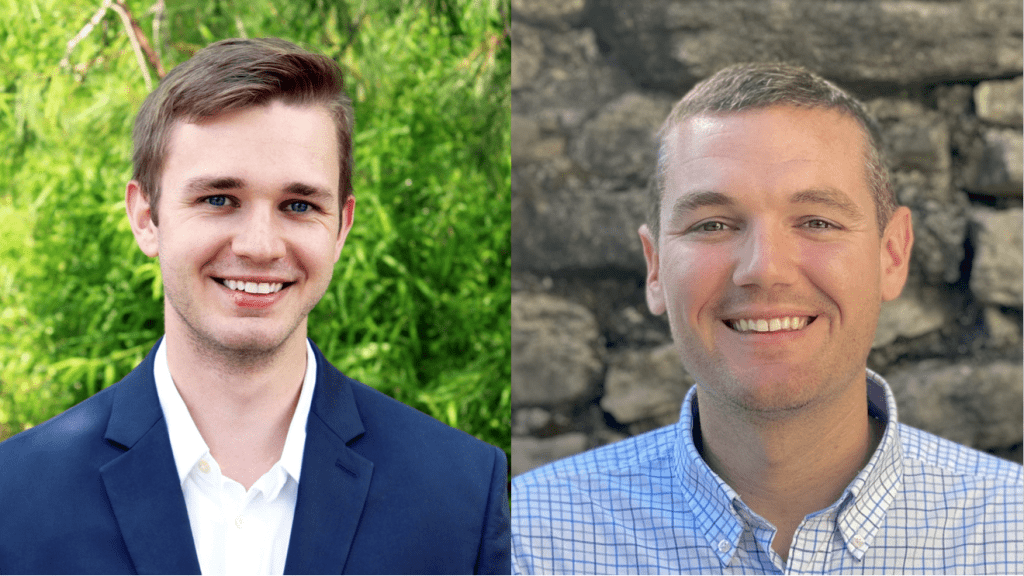
Professor Kai James recently published an article in the news outlet The Conversation titled “How was the wheel invented? Computer simulations reveal the unlikely birth of a world-changing technology nearly 6,000 years ago.” The piece offers a compelling look into how the wheel may have been developed, drawing on Topology Optimization to trace its evolution through incremental mechanical innovations.
Read Full Article: https://theconversation.com/how-was-the-wheel-invented-computer-simulations-reveal-the-unlikely-birth-of-a-world-changing-technology-nearly-6-000-years-ago-244038









